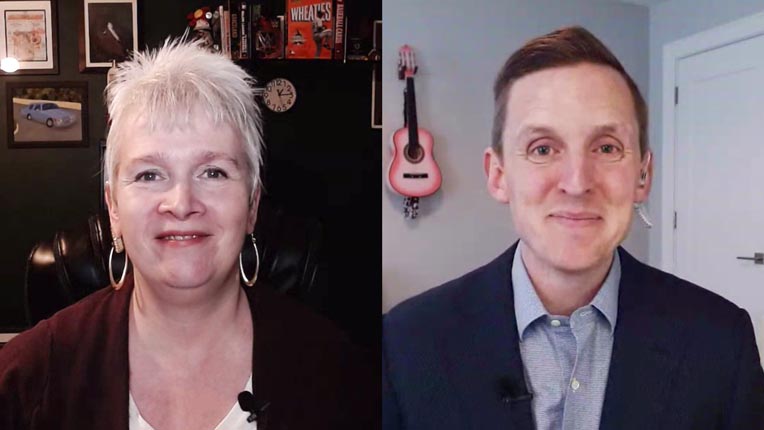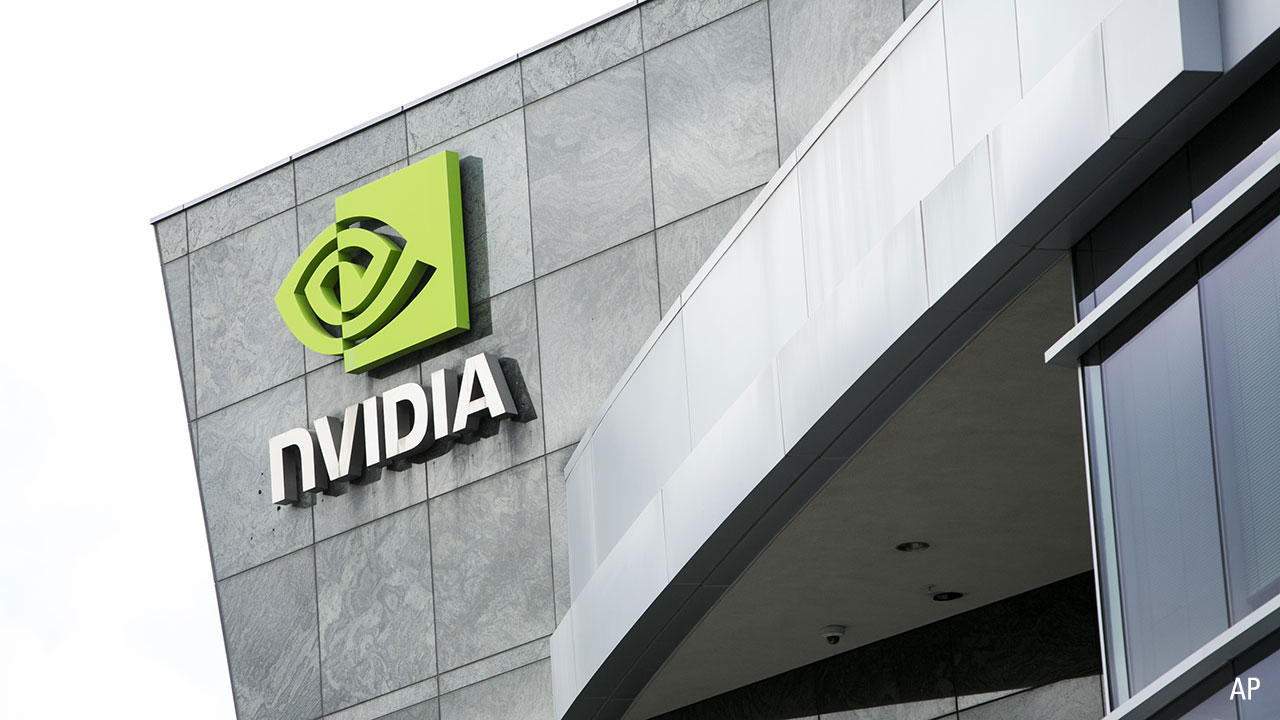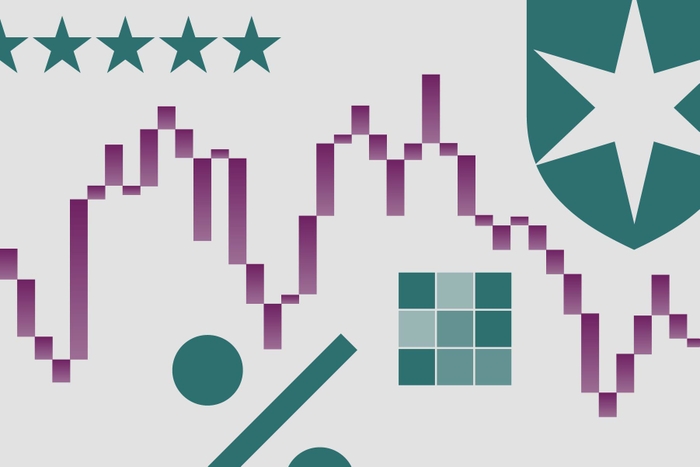
Video can be found here: https://direct.morningstar.com/research/doc/1023598/One-Year-After-the-Market-Crash-Through-the-ETF-Lens
Susan Dziubinski: Hi, I'm Susan Dziubinski with Morningstar. It's been about a year since the coronavirus 2020 stock market crash. Joining me today to talk about the impact of that short-lived bear market on exchange-traded funds is Ben Johnson. Ben is Morningstar's global director of ETF research.
Hi, Ben. Thanks for being here today.
Ben Johnson: Hi, Susan. Thanks for having me.
Dziubinski: You've suggested that the past couple of market crashes have actually helped accelerate the adoption of ETFs among investors. How so?
Johnson: Well, Susan, I think it boils down to two things. The first is really validation, and the second is opportunity. And when I say validation, I really mean validation of ETFs as a concept, as a structure, as a way of bundling different securities, different investment strategies and passing those back and forth between investors on the stock exchange. It's a concept now that's nearly three decades old in the United States but one that up until really the global financial crisis hadn't been stress-tested in a meaningful way. If you fast forward from the global financial crisis to 2020 and the crisis period we went through early last year, what you saw is that the ETF industry had grown exponentially, that the amount of volume going through the system was really unprecedented.
According to BlackRock/iShares data, there were US$32 trillion worth of ETF trades that were executed in 2020. That surpassed the prior record from 2018 by more than 40%. So, if you think about just the amount of information getting pumped through the ETF ecosystem that involves participants from investors, to the asset managers, to market makers, index providers, the exchanges, it's really quite remarkable. And that stress test, that validation gives investors confidence that this is a sound investment wrapper, that it's an efficient means of consuming investment strategies, be they indexed, be they active, be they somewhere in between, and it will naturally lead those who might have been somewhat skeptical of the vehicle, who had been hesitant to use ETFs in their portfolios to maybe jump off the fence. So, I think validation is an incredibly important element of what we've seen, those tests that we've seen in the past two market crises.
Now, the other I mentioned before is just simply opportunity. If you think about all of the investment capital that's out there, all of investors' hard-earned money, some of it is, to varying degrees, stranded. They may have large taxable capital gains that they would realize in certain market environments if they were to sell down their positions and reallocate to an ETF. What those drawdowns like we saw last year in the markets give investors the opportunity to do is to actually, in some cases, realize losses and switch to new investment vehicles. So, ETFs have benefited from those opportunities in the market that have happened in brief moments in recent history. And what we've seen is that actually the ETF sponsors themselves have been aggressive in marketing those as opportunities for investors to move away from mutual funds and towards ETFs as their vehicle of choice.
Dziubinski: Ben, how would you say the ETF market has changed over the past year?
Johnson: Well, I think the ETF marketplace over the past year has really just been a continuation of the ongoing evolution that we've seen now over the course of really decades. What we've seen is that there is an ever-larger number of participants, an ever-larger number of investors that are using ETFs in new and in different ways. The ETF by its nature is a very dynamic vehicle being an exchange-listed and exchange-traded vehicle. An individual investor can hold an ETF in their portfolio as a core allocation. An institution or a high-frequency trading firm might be turning over a position in the ETF every other millisecond as a part of some sort of arbitrage trading. So, as that ecosystem grows, as the number of use cases grow, as the number of participants grow, it makes really the entire ecosystem, the entire environment more robust. And ETFs have, I think, long since moved from being kind of the new kid on the block, this outsider, this misfit, and now increasingly have become mainstreamed and become integrated into the plumbing of financial markets and are no longer on the outside looking in, and I think that's ultimately to the benefit of all investors in ETFs irrespective of their time horizon, their use case, or the amount of money that they're bringing to bear.
Dziubinski: Lastly, Ben, do you think there's a market event that could happen that could dramatically alter the trajectory of ETFs? Where are they headed?
Johnson: I would have a hard time imagining a market environment that would alter the current trajectory. I think, again, if anything, what we've seen in these crisis periods is that growth and adoption of ETFs has really only accelerated. And I think it will accelerate further still as the menu of different underlying strategies, and active strategies in particular, that are made available to investors in an ETF wrapper, continues to grow. I think this is a secular trend, and it's still in the middle innings. I think there's a lot of runway ahead for this category, and there's a lot of runway ahead because investors are realizing that the benefits of the ETF wrapper and consuming all forms of strategies in this format are real, they are meaningful, they are material, and they benefit investors, which is something I think one should celebrate.
Dziubinski: Well, Ben, thank you so much for your reflections today. We appreciate it.
Johnson: Thanks for having me, Susan.
Dziubinski: I'm Susan Dziubinski with Morningstar. Thank you for tuning in.












.png)









